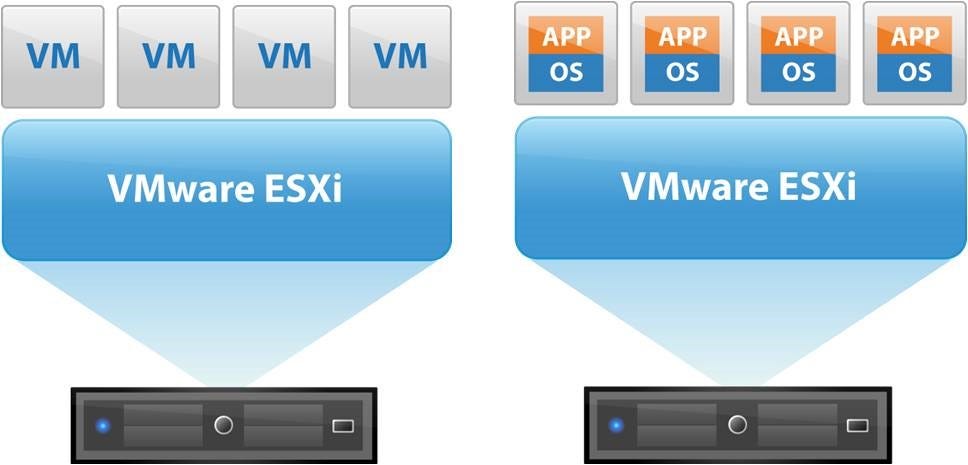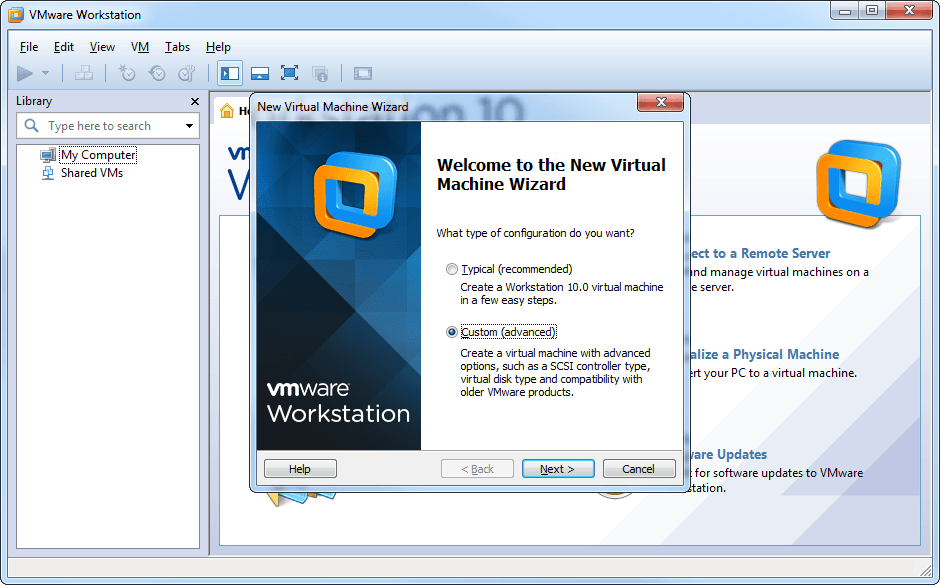

- #Vcenter 6.5 license key how to
- #Vcenter 6.5 license key license key
- #Vcenter 6.5 license key update
- #Vcenter 6.5 license key upgrade
- #Vcenter 6.5 license key License number
#Vcenter 6.5 license key License number
#Vcenter 6.5 license key update
This has been Fixed! That huge update story broke right here at TinkerTry first:

I'm hoping for updates to that program soon, stay tuned.~
#Vcenter 6.5 license key license key
Licensing was discussed recently here, with VMware EVALExperience ~being by far the most affordable way to dip your toes into to a 6 node hybrid vSAN (unconfirmed, but the license key should cover 6), albeit a bit behind on version.Not just on the VCG (VMware Compatibility Guide) aka HCL, but also on the VMware Compatibility Guide for vSAN, featuring a caching layer made from SSDs of the proper write endurance paired with PLP/Supercapacitors, typically found in enterprise (costlier) flash storage devices You will need the right hardware for the best experience, especially if you're expecting resilience and performance.
#Vcenter 6.5 license key upgrade

If you are already at vCenter/VCSA 6.5.x and ESXi 6.5.x, then you can get vSAN bits today by simply installing or upgrading to vCenter/VCSA 6.5 U1 and ESXi 6.5 U1. Next up Configure VSAN iSCSI Target with Windows Server Failover cluster. Cant wait for future builds to support NSX and Horizon in order to move on with enterprise upgrades. The simplicity of the whole upgrade process, the ease of management with HTML5, and the speed of upgrade is phenomenal to say the least. VMware You’ve outdone yourself this time and I mean it. I can honestly state that this is the fastest build update I have conducted in my 10 years working with VMware products:Ħ- Time to upgrade VSAN to disk version 6.0: Done … Conclusion: VUM will start to put hosts into maintenance mode (one by one) after vmotioning all VMs to active nodes and upgrade/reboot. I have NSX, RP4VM, and Horizon installed on this cluster but for sake of demonstration I kept them before upgrading and got the following error:ĥ- Time to upgrade vSphere build to 6.7, so lets head over to Update Manager and have the 6.7 ISO ready:Ĭreate a new Upgrade baseline with the newly imported ISO image: The old PSC has been shutdown and the new PSC is now deployed with same IP and Hostname of old PSC (don’t delete the old PSC until everything is migrated and operational):Ĥ- The exact same procedure now has to be conducted for the upgrade of the vCenter VM virtual appliance: Take a snapshot of your existing PSC just incase thing go south: Networking details for the new PSC VM virtual appliance ( this is a temporary IP and the new PSC will use your existing PSC IP once its done upgrading): Make sure it is deployed on your VSAN cluster and enable thin provisioning if required: The new PSC virtual appliance VM name, and root password: Doing a bit of testing on how iSCSI multipath would work and failover scenarios when iSCSI VSAN host owner moves or fails.ġ- Download vCenter 6.7 ISO and launch vCenter UI Installer:įirst start by Upgrading External PSC so connect to that:Ģ- Insert vCenter details and credentials so that the installer reads the existing PSC virtual appliance in your existing VSAN cluster:ģ- Insert vCenter details and credentials so that the installer deploys the new PSC virtual appliance in your existing VSAN cluster:
#Vcenter 6.5 license key how to
I have another post being prepared on how to configure iSCSI target service on VSAN to support Microsoft WSFC “Windows Server Failover Cluster” and Virtual Machines hosted on a VSAN cluster. vCenter as before will build new appliances and import existing configuration, while VUM will be used to update vSphere hosts to 6.7, and last but not least, VSAN disks would be upgraded to version 6.0. Upgrade is easy, straightforward, and very fast even when upgrading the vSphere build which now only reboots once automatically thus causing less wait and disruption not to mention quick boot. Actress| Krishna: The Power of Indrakeeladri.


 0 kommentar(er)
0 kommentar(er)
